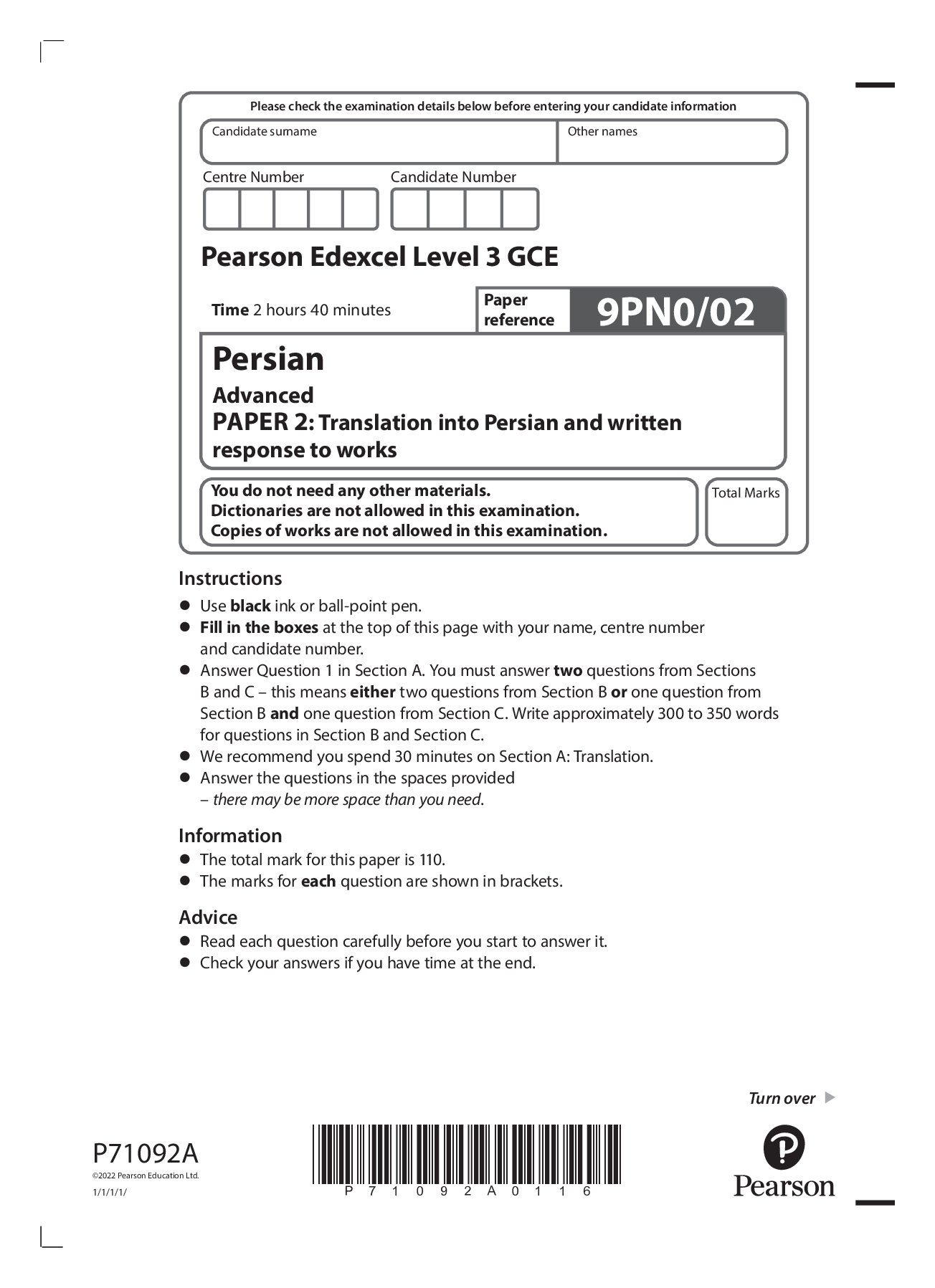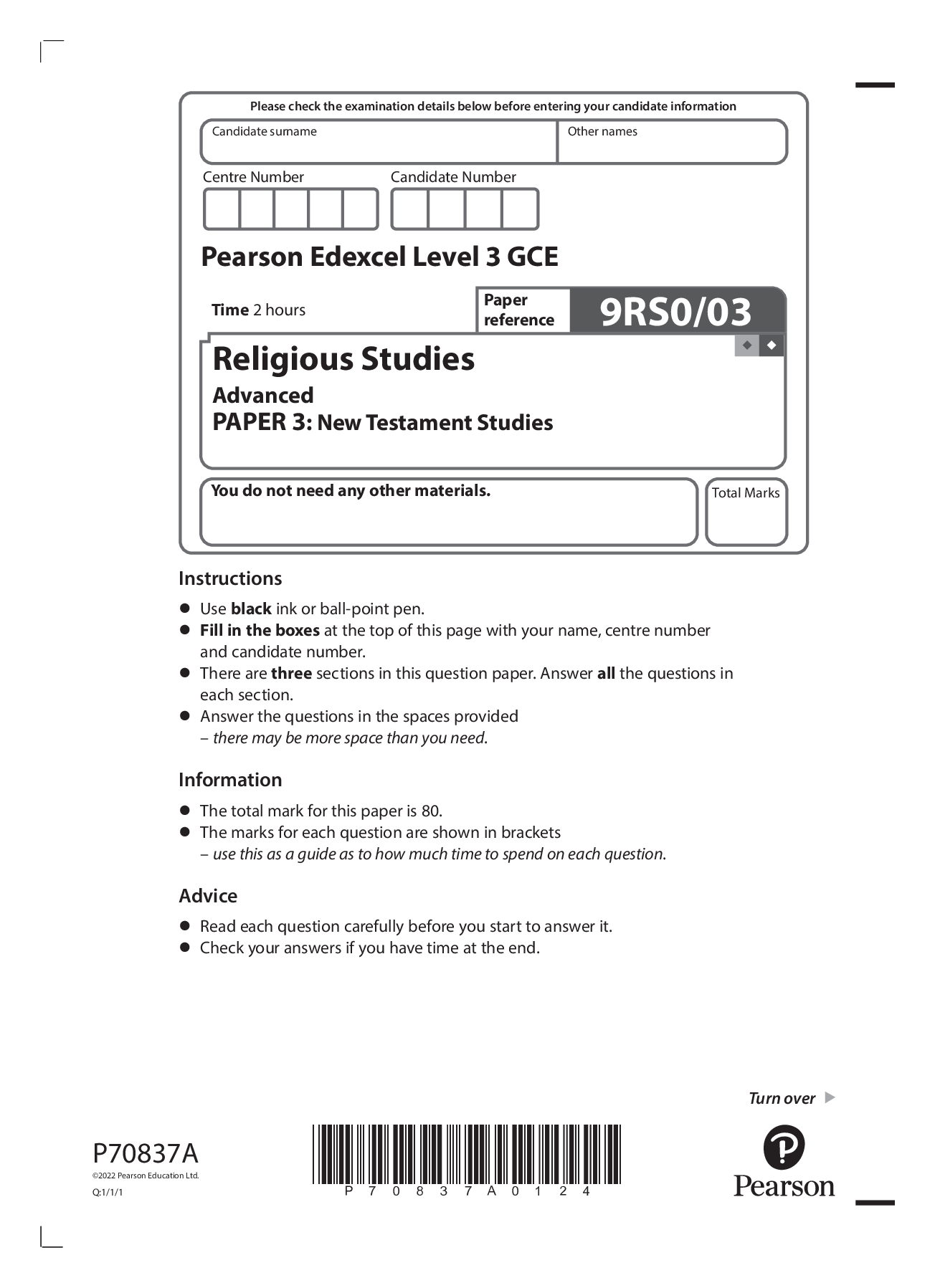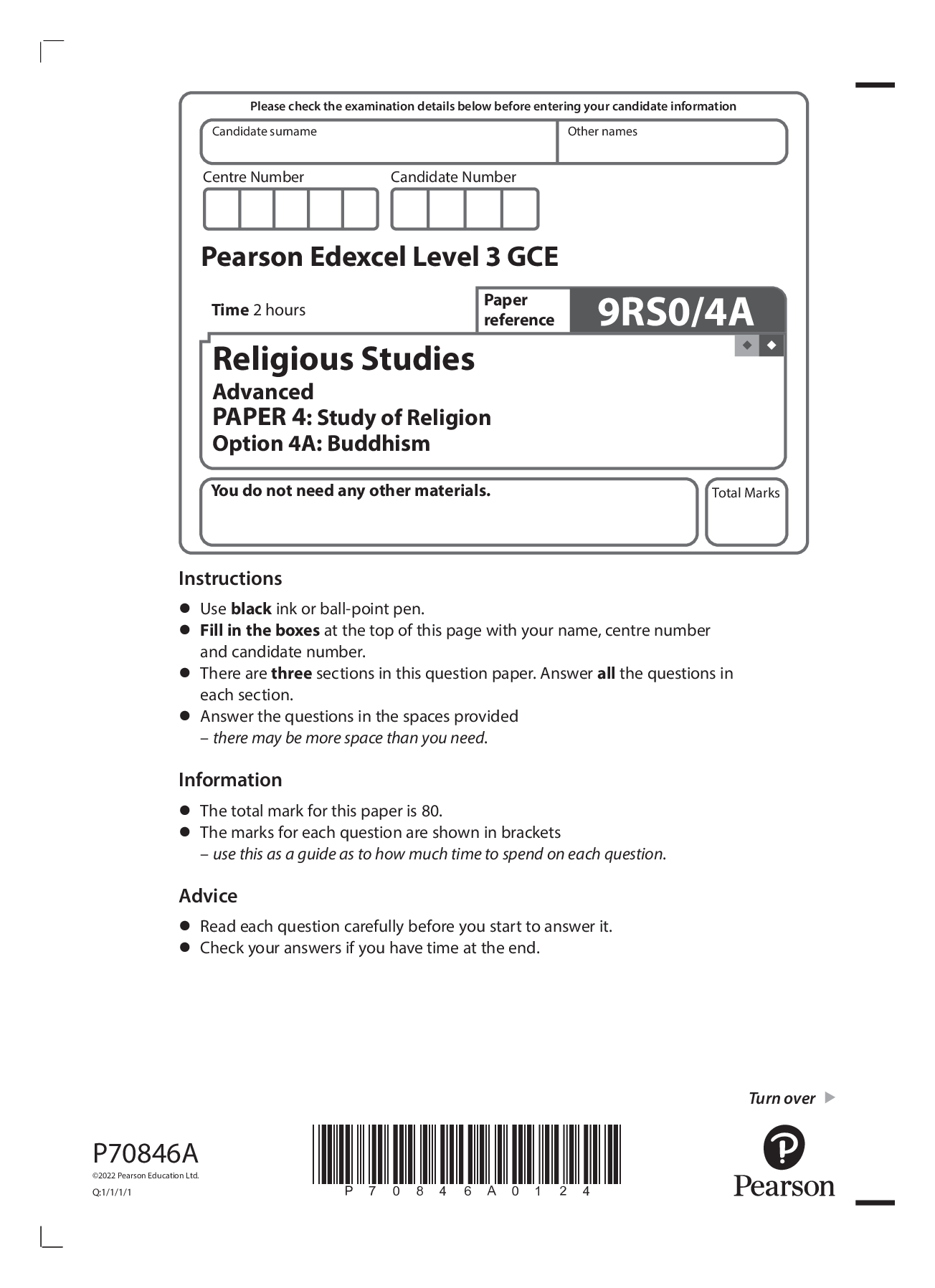English Language > Edexcel > Edexcel gcse english language paper 1 june 2023 + mark scheme (All)
Edexcel gcse english language paper 1 june 2023 + mark scheme
Document Content and Description Below
Mark Scheme (Results) Summer 2023 Pearson Edexcel GCSE In English Language 2.0 (1EN2) Paper 1: Non-Fiction Texts2 Edexcel and BTEC Qualifications Edexcel and BTEC qualifications are awarded by P ... earson, the UK’s largest awarding body. We provide a wide range of qualifications including academic, vocational, occupational and specific programmes for employers. For further information visit our qualifications websites at www.edexcel.com or www.btec.co.uk. Alternatively, you can get in touch with us using the details on our contact us page at www.edexcel.com/contactus Pearson: helping people progress, everywhere Pearson aspires to be the world’s leading learning company. Our aim is to help everyone progress in their lives through education. We believe in every kind of learning, for all kinds of people, wherever they are in the world. We’ve been involved in education for over 150 years, and by working across 70 countries, in 100 languages, we have built an international reputation for our commitment to high standards and raising achievement through innovation in education. Find out more about how we can help you and your students at: www.pearson.com/uk Summer 2023 Question Paper Log Number P73803 Publications Code 1EN0_02_2306_MS All the material in this publication is copyright © Pearson Education Ltd 20233 General marking guidance • All candidates must receive the same treatment. Examiners must mark the last candidate in exactly the same way as they mark the first. • Mark schemes should be applied positively. Candidates must be rewarded for what they have shown they can do, rather than be penalised for omissions. • When a candidate writes more points than required by the questions, the examiner will mark in order of appearance up to the number of points required by the question. • Examiners should mark according to the mark scheme – not according to their perception of where the grade boundaries may lie. • All the marks on the mark scheme are designed to be awarded. Examiners should always award full marks if deserved, i.e. if the answer matches the mark scheme. Examiners should also be prepared to award zero marks if the candidate’s response is not worthy of credit, according to the mark scheme. • Where some judgement is required, mark schemes will provide the principles by which marks will be awarded and exemplification/indicative content will not be exhaustive. However, different examples of responses will be provided at standardisation. • When examiners are in doubt regarding the application of the mark scheme to a candidate’s response, a senior examiner must be consulted before a mark is given. • Crossed-out work should be marked unless the candidate has replaced it with an alternative response. Marking guidance for levels-based mark schemes How to award marks The indicative content provides examples of how students will meet each skill assessed in the question. The levels descriptors and indicative content reflect the relative weighting of each skill within each mark level. Finding the right level The first stage is to decide which level the answer should be placed in. To do this, use a ‘best-fit’ approach, deciding which level most closely describes the quality of the answer. Answers can display characteristics from more than one level, and where this happens markers must use the guidance below and their professional judgement to decide which level is most appropriate. Placing a mark within a level After a level has been decided on, the next stage is to decide on the mark within the level. The instructions below tell you how to reward responses within a level. However, where a4 level has specific guidance about how to place an answer within a level, always follow that guidance. Statements relating to the treatment of students who do not fully meet the requirements of the question are also shown in the indicative content section of each levels-based mark scheme. These statements should be considered alongside the levels descriptors. Markers should be prepared to use the full range of marks available in a level and not restrict marks to the middle. Markers should start at the middle of the level (or the upper-middle mark if there is an even number of marks) and then move the mark up or down to find the best mark. To do this, they should take into account how far the answer meets the requirements of the level: ● if it meets the requirements fully, markers should be prepared to award full marks within the level. The top mark in the level is used for answers that are as good as can realistically be expected within that level ● if it only barely meets the requirements of the level, markers should consider awarding marks at the bottom of the level. The bottom mark in the level is used for answers that are the weakest that can be expected within that level ● the middle marks of the level are used for answers that have a reasonable match to the descriptor. This might represent a balance between some characteristics of the level that are fully met and others that are only barely met. When a candidate has produced an answer that displays characteristics from more than one level, examiners must use their professional judgement to decide if they have covered enough of the higher-level descriptors to be awarded marks at the bottom of the mark range in that higher level. If that is not the case, then the higher mark in the lower level can be awarded.5 Paper 1 Mark scheme The table below shows the number of raw marks allocated for each question in this mark scheme.6 Paper 1 − Mark Scheme The use of slashes is to show alternative responses and the use of brackets is to show possible, but not required or expected, student responses. Section A: Reading Question number Answer Mark 1 AO1 (identify explicit information and ideas) Accept any reasonable things the bicycle riders did, up to a maximum of 4 marks. Quotations and own words are acceptable. Candidates may identify the following things: ● they displayed more energy (1) ● sprint (1) ● move out from the bunch (1) ● speed up (1) ● fall behind (1) ● ride for hours (1) ● average sixteen miles every sixty minutes (1) ● slow down (1) ● carry sponges (1) ● fall off (1) ● carry on after falling off (1) ● receive flowers (1) ● sprint (for a quarter of a mile) in recognition of the gift (1) Do not credit any references to the image. (4)7 N.B.: candidates may offer a range of evaluations of the success of the writer. All interpretations are equally valid provided they are argued appropriately, supporting the points being made. Question number Answer 2 AO4 (6 marks) Candidates must give three reasons supported by evidence to access Level 3. Do not credit: • any reason/evidence that is not in lines 2-10 • any reference to the writer’s techniques that does not make a judgement on the success of the text • any references to the image. Responses may include: • the text starts positively by describing the effect of the crowd on the riders: ‘the greater the crowd the more energy’ and the use of ‘greater’ and ‘more’ effectively suggests how big and lively the race is • the text successfully conveys that the entertainment will be non-stop ‘sprinting all the time’, which would show readers that there will be constant amusement • the writer successfully interests the reader by describing how the riders change their positions: ‘First one and then another’, ‘followed immediately’ and by suggesting some riders unexpectedly become competitive, ‘suddenly awoke to the situation’, which would show how the race will be thrilling and unpredictable • the use of ‘fall hopelessly behind’ would engage readers in the excitement because audiences watch events to see both winners and losers • the text successfully uses time, ‘Hour after hour’, which shows how long the race is and tells the reader how much there will be to see, and also how impressive the riders’ endurance is. This would be entertaining to see as 19th century audiences were very interested in human endurance (as are modern audiences) • the writer successfully conveys that watching the riders’ performance would be entertaining, by using the reference to ‘sixteen miles every sixty minutes’, which might surprise the readers and make them want to watch such an event as the speed mentioned is quite impressive for the 19th century • the text is successful as it shows how spectators can see the contrasts in the pace of the race, ‘speed up’, ‘slow down’, which would be entertaining as there is always something different to see • however, some readers may think the writer is not successful at capturing the excitement as things happen very fast, ‘sprinting all the time’, and so it would not be very enjoyable to watch • the text is unsuccessful in showing the readers how exciting [Show More]
Last updated: 1 year ago
Preview 1 out of 44 pages

Buy this document to get the full access instantly
Instant Download Access after purchase
Buy NowInstant download
We Accept:

Reviews( 0 )
$10.00
Can't find what you want? Try our AI powered Search
Document information
Connected school, study & course
About the document
Uploaded On
Jan 16, 2024
Number of pages
44
Written in
All
Additional information
This document has been written for:
Uploaded
Jan 16, 2024
Downloads
0
Views
64

.png)
.png)
.png)
.png)
.png)
.png)
.png)
.png)
.png)
.png)
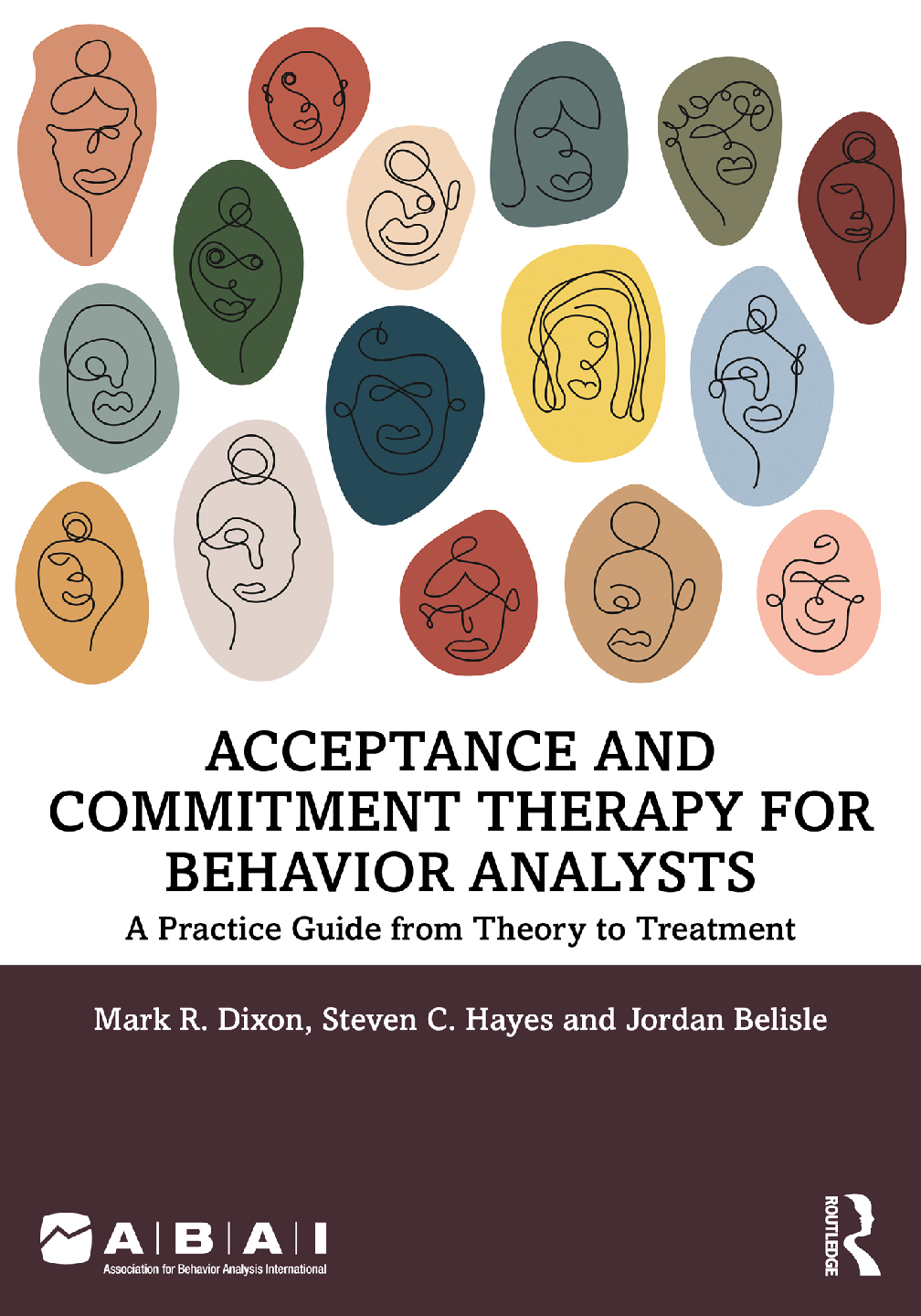
.png)




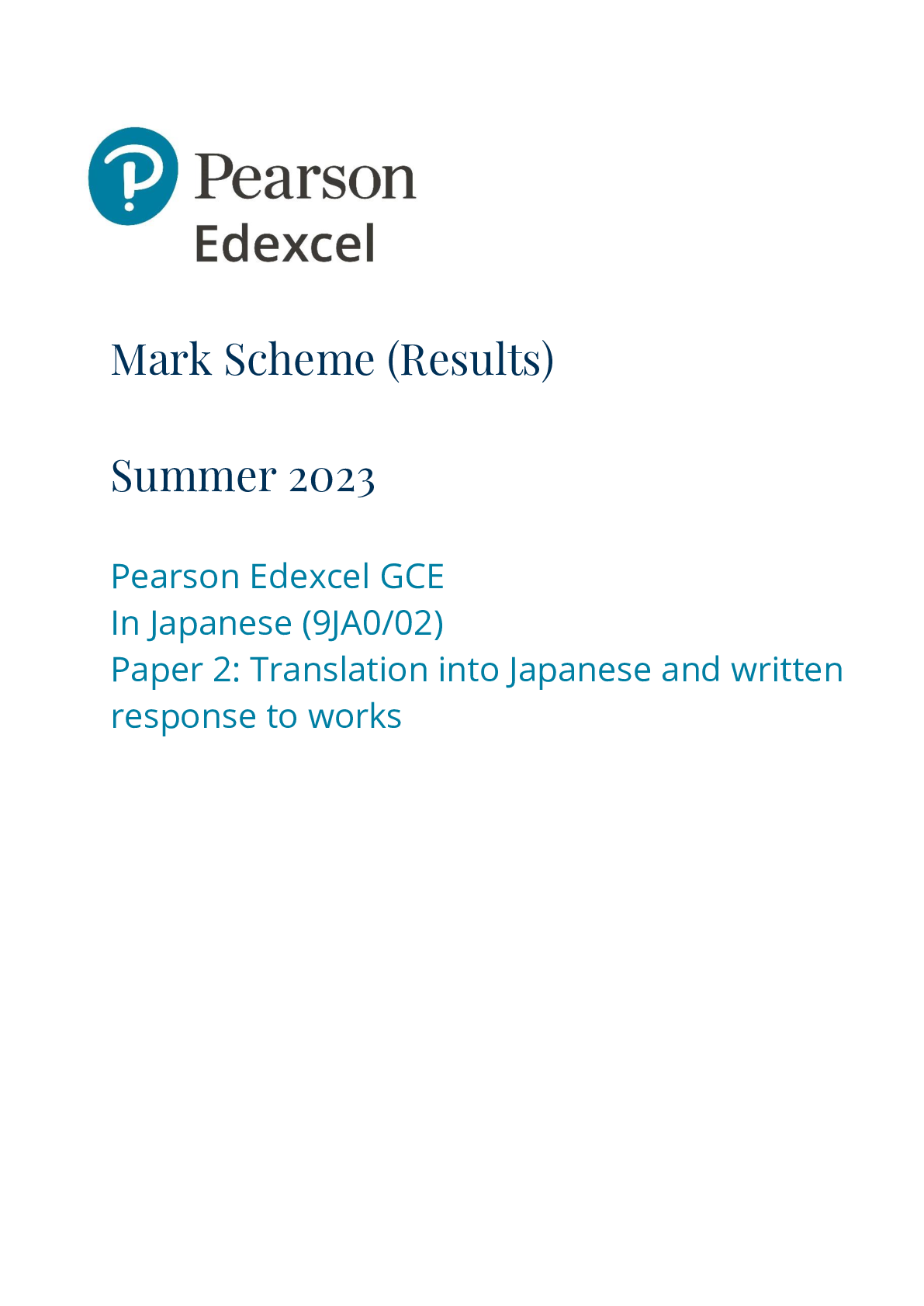
.png)
.png)
